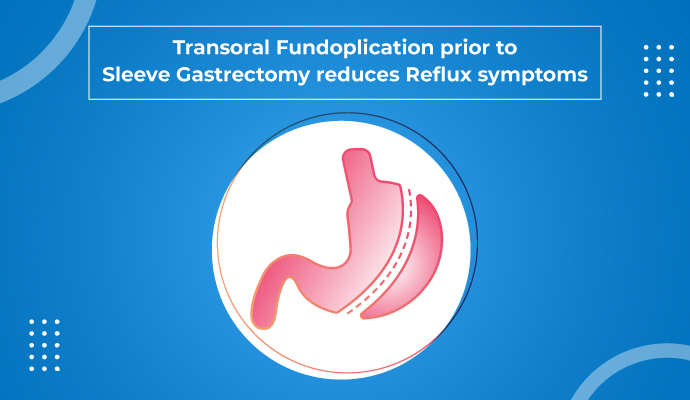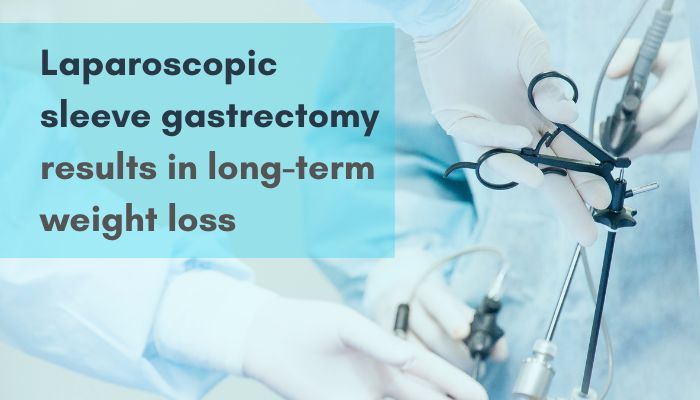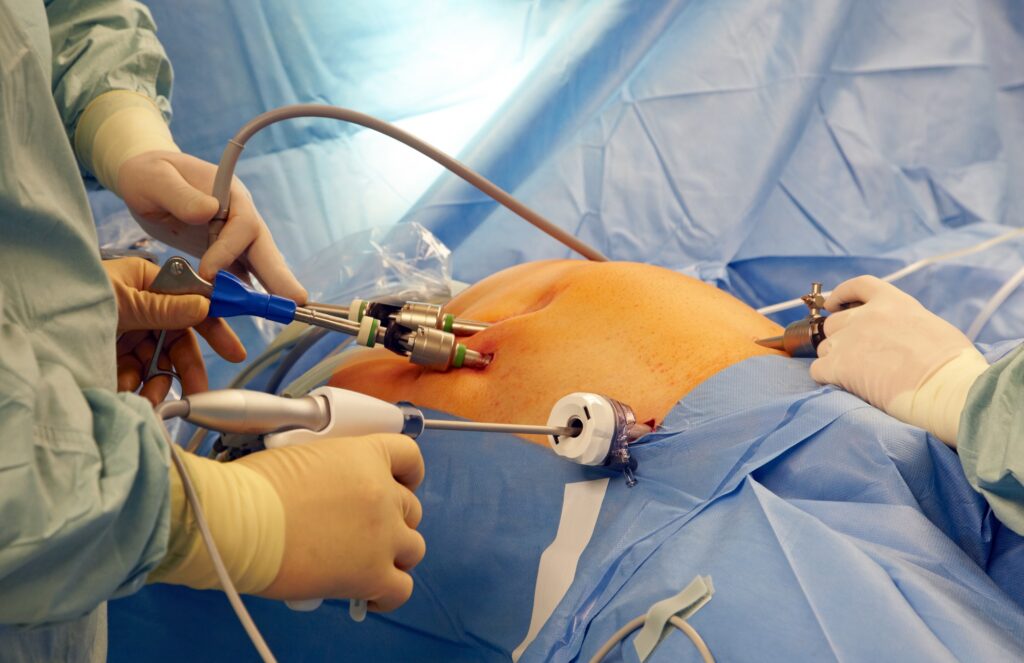Obesity is a complex condition characterized by an accumulation of...

Sleep apnea and how it is associated with Obesity
Sleep apnea refers to a condition in which
59,008 total views, 131 views today
Home » Bariatric Surgery
All types of weight-loss surgeries are collectively known as bariatric surgery. These surgeries involve making certain changes in the anatomy of the digestive system, to help in weight loss. Bariatric surgeries are usually performed in case of severe obesity or obesity associated with serious health problems.
The surgeries can be based on either malabsorption or gastric restriction method or both. In the gastric restriction method, the amount of food that the stomach can hold is reduced, which aids in weight loss. In the malabsorption method, the digestive system is subjected to certain changes that lead to malabsorption of nutrients in the body, resulting in weight loss. Bariatric surgeries may also lead to hormonal changes in the body. Mostly, all weight loss surgeries are performed through minimally invasive approaches.
Sleep apnea refers to a condition in which
59,008 total views, 131 views today

Since the beginning of 20th century, the overall
58,984 total views, 130 views today

New year is the time for new beginnings.
59,684 total views, 130 views today

Weight loss can be tricky business, as it
59,556 total views, 131 views today

According to a recent study, weight loss through
60,454 total views, 130 views today

According to a recent study, preoperative very low
60,455 total views, 130 views today

A recent study conducted on GERD (Gastroesophageal Reflux
60,460 total views, 131 views today

A recent study done to examine the long-term
59,338 total views, 127 views today

Overweight and obesity is a major health concern
29,607 total views, 95 views today

A recent study published in the Journal of
28,797 total views, 95 views today

The findings from a recent study, published in
29,038 total views, 95 views today

The findings of a recent study, published in
29,438 total views, 95 views today

Obesity is a complex condition characterized by an accumulation of...
Obesity is a lifestyle disorder, characterised by an excess amount...
For obese patients, bariatric surgeries are like a dream come...
Bariatric surgeries are recommended when the obese person fails to...
Obesity is emerging as a global epidemic. In 2016, more...
Obesity is defined as having a body mass index (BMI)...
Obesity is a complex, chronic disease which has an adverse...